结缔组织等机电性能表征系统
型号:MachOne
联系人:李先生
联系电话:18618101725
品牌:BMM
结缔组织等机电性能表征系统
1.连接组织的机电性能表征 - 2部分 半月板(CHARACTERIZATION OF ELECTROMECHANICAL PROPERTIES OF CONNECTIVE TISSUES - PART 2 MENISCUS)

2.结缔组织的机电性能表征 - 1部分 - 关节软骨(CHARACTERIZATION OF ELECTROMECHANICAL PROPERTIES OF CONNECTIVE TISSUES - PART 1 - ARTICULAR CARTILAGE)

MachOne机械测试仪与电极阵列相结合,可以j确地确定大范围正常和降解结缔组织的机电特性。
在本案例研究中,MachOne机械测试仪用于确定两种结缔组织的机电特性:软骨和半月板。由于组织硬度和压缩产生的电场或流动电位对组织的生化内容敏感,因此测试仪与可j确测量这些电信号的电极阵列耦合。本研究的目的是建立正常和退化结缔组织的生化组成和机电特性(刚度和流动电位)之间的联系。
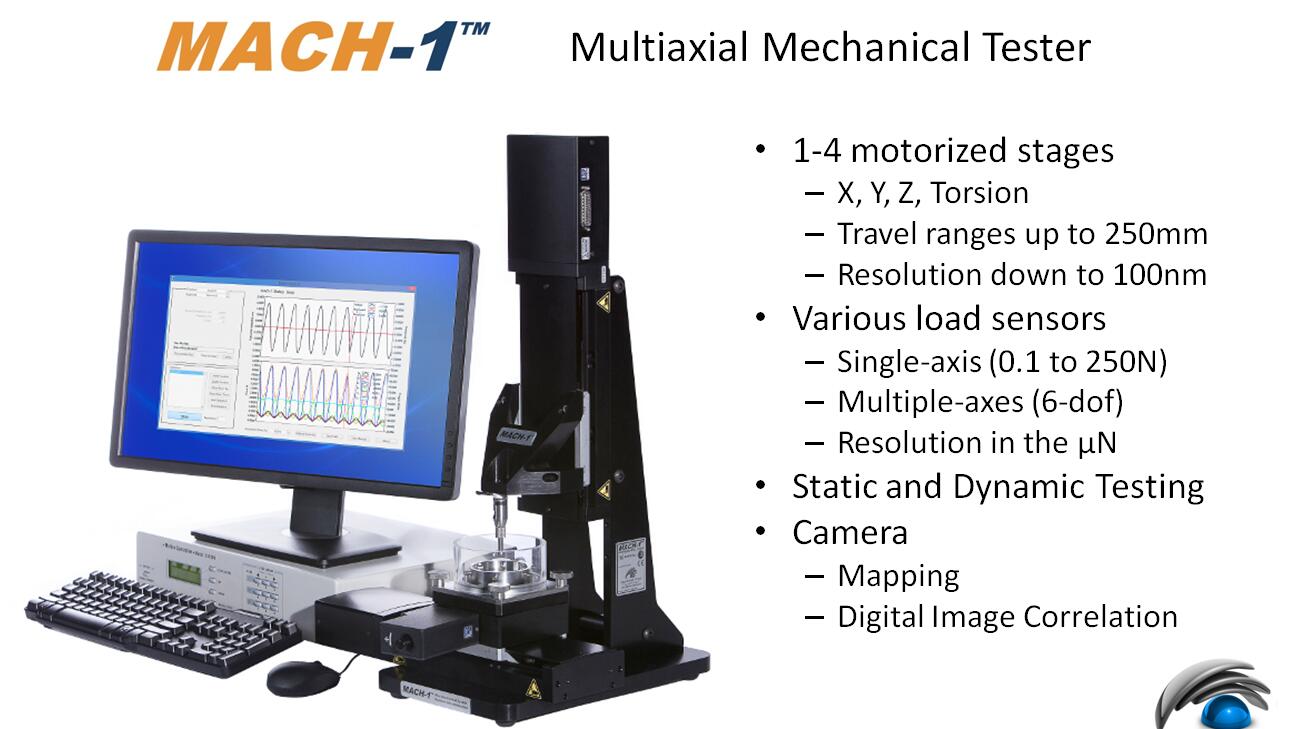
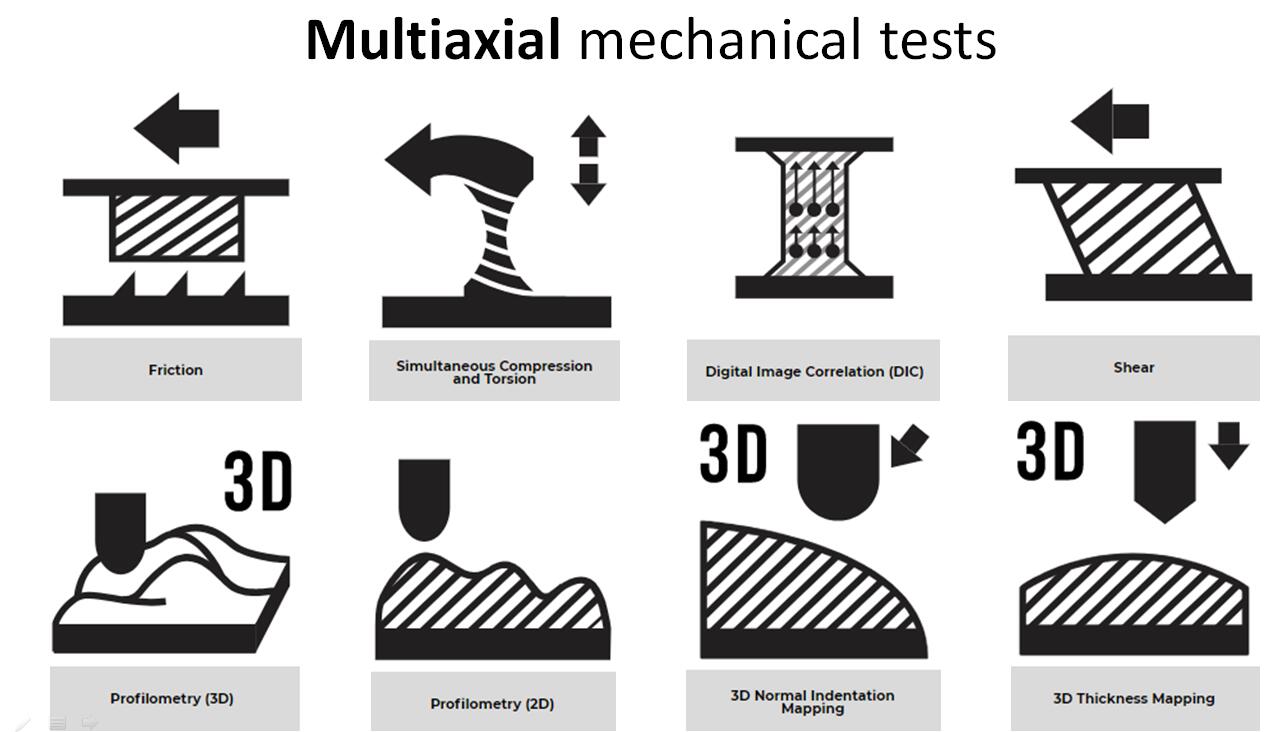
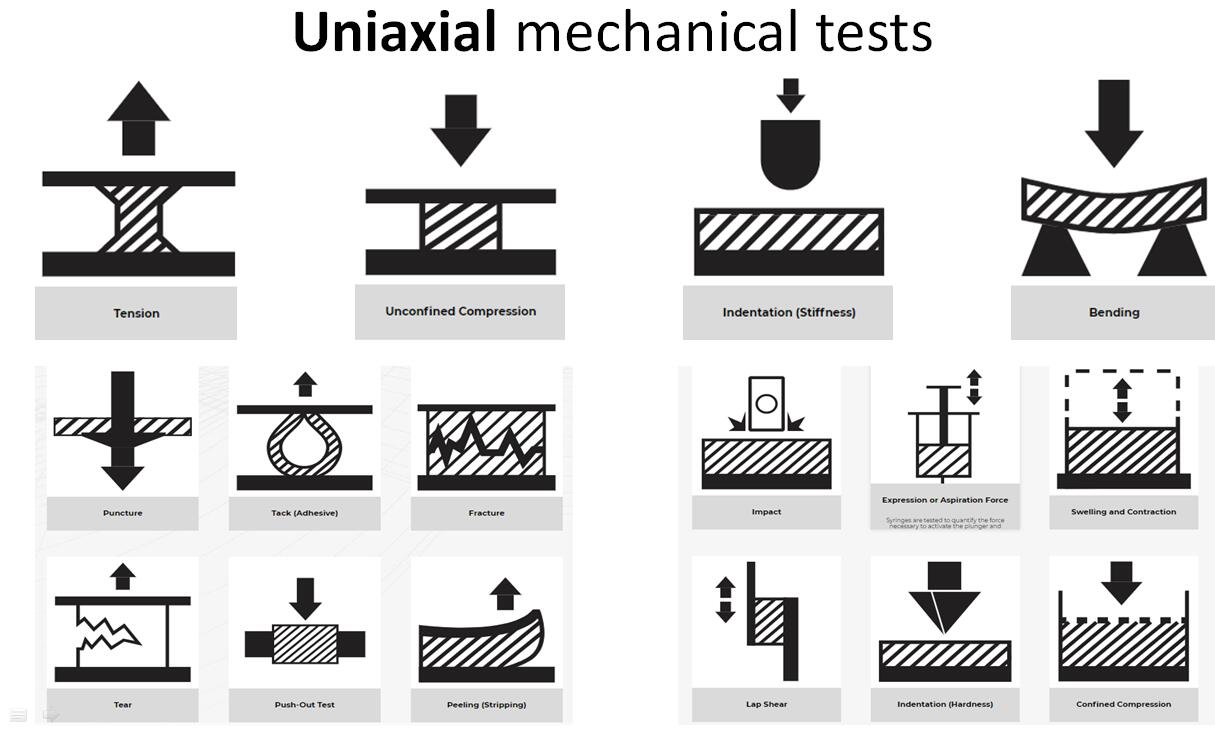
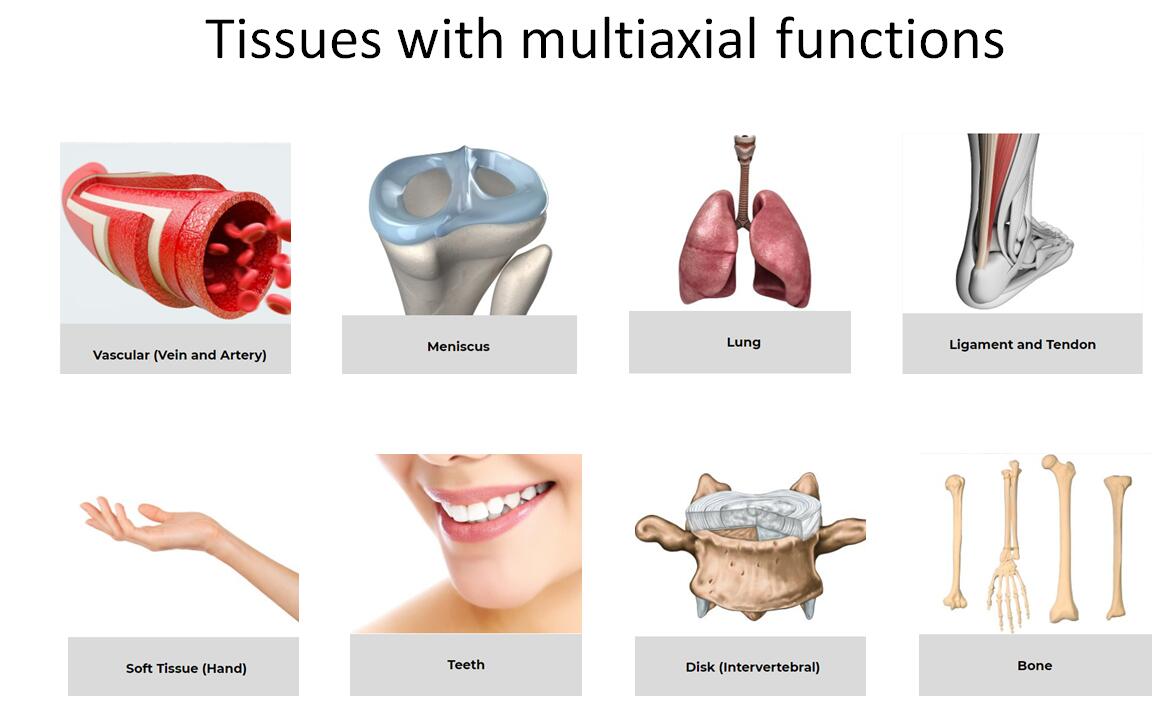
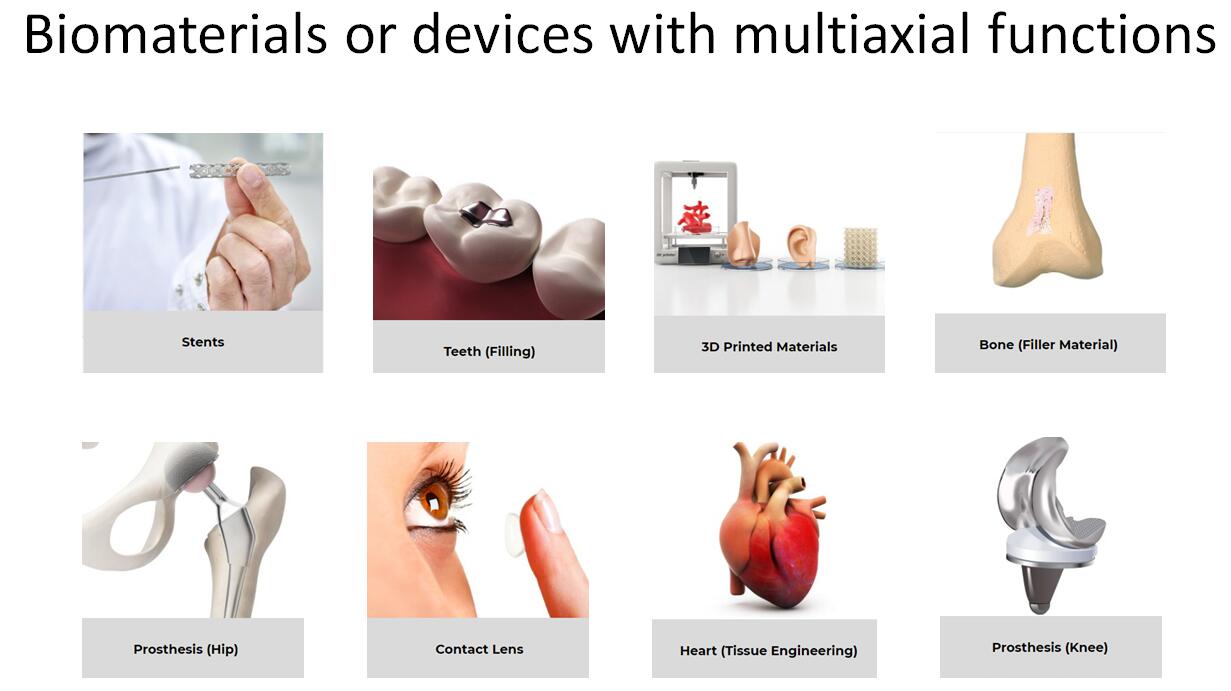
典型测试材料:
功能配置:
研究案例:
- ©BMM Inc.
相关文献案例:
Quantitative assessments of articular cartilage function are needed to aid clinical decision making. Our objectives were to develop a new electromechanical grade to assess quantitatively cartilage quality and test its...
Read More
Read More
Read More
Read More
Read More
Read More
Read More
Read More
Read More
Read More
Read More
Read More
Read More
Read More
Read More
Read More
Read More
Read More
Read More
Read More
Read More
Read More
Read More
Read More
Read More
Read More
Read More
Read More
OBJECTIVE:The hand-held ? device is used to map electromechanical properties...
Read More
Recent advances in the development of new drugs to halt or even reverse the...
Read More
Read More
Read More
Read More
Read More
Read More
Read More
Read More
Read More
Read More
Read More
Read More
Read More
Read More
Read More
Read More
Read More
Read More
Read More
Read More
Read More
Read More
Read More
Read More
Read More
Read More
Read More
Read More
Read More
Read More
Read More
Read More
Read More
Read More
Read More
Read More
Read More
Read More
Read More
Read More
Read More
Read More
Read More
Read More
Read More
Read More
Read More
Read More
Read More
Read More
Read More
Read More
Read More
Read More
Read More
Read More
Read More
Read More
Read More
Read More
Read More
Read More
Read More
Read More
Deep tissue injury (DTI) is a severe kind of pressure ulcers formed by sustained deformation of muscle tissues over bony prominences. As a major clinical issue, DTI affects people with physical disabilities, and is obviously...
Read More
Read More
Osteochondral xenografts are potentially inexpensive, widely available alternatives to fresh allografts. However, antigen removal from xenogenic cartilage may damage the extracellular matrix and reduce compressive stiffness....
Read More
Read More
Read More
Read More
Read More
Read More
Read More
Read More
Read More
Read More
Read More
Read More
Read More
Read More
Read More
Read More
Read More
Read More
Read More
Read More
Read More
Read More
Read More
Read More
Read More
Read More
Read More
Read More
Read More
Read More
Read More
https://www.researchgate.net/publication/270596382_The_Effects_of_Oxidative_Stress_on_the_Compressive_Damage_Thresholds_of_C2C12_Mouse_Myoblasts_Implications_for_Deep_Tissue_Injury
https://www.researchgate.net/publication/270596382_The_Effects_of_Oxidative_Stress_on_the_Compressive_Damage_Thresholds_of_C2C12_Mouse_Myoblasts_Implications_for_Deep_Tissue_Injury/figures
Read More
Deep tissue injuries occur in muscle tissues around bony prominences under mechanical loading leading to severe pressure ulcers. Tissue compression can potentially compromise...
Read More
Read More
Read More
Read More
Read More
Read More
Read More
Read More
Read More
Read More
Read More
Read More
Read More
Read More
Read More
Read More
Read More
Read More
Read More
Read More
Read More
Read More
Read More
Read More
Read More
Read More
Read More
Read More
Read More
Read More
Read More
Read More
Read More
Read More
Read More
Read More
Read More
Read More
Read More
Read More
Read More
Read More
Read More
Read More
Read More

.jpg)

.jpg)

.jpg)


.jpg)
.jpg)





.jpg)







.jpg)
.jpg)



.jpg)

.jpg)
.jpg)








.jpg)
.jpg)




.jpg)
.jpg)

.jpg)




.jpg)
.jpg)


.jpg)



.svg)













.svg)




.svg)

.svg)
.svg)

.svg)
.svg)
.svg)


.svg)
.svg)
.svg)




















